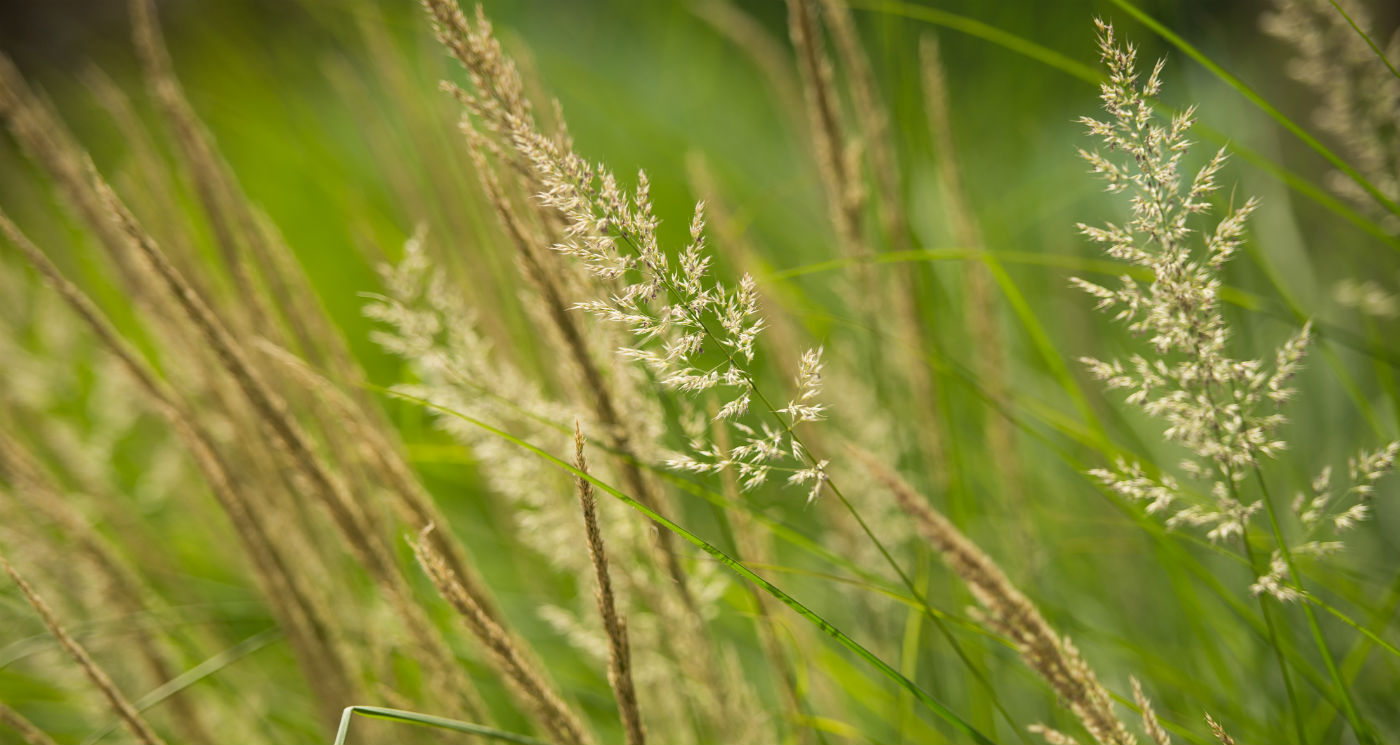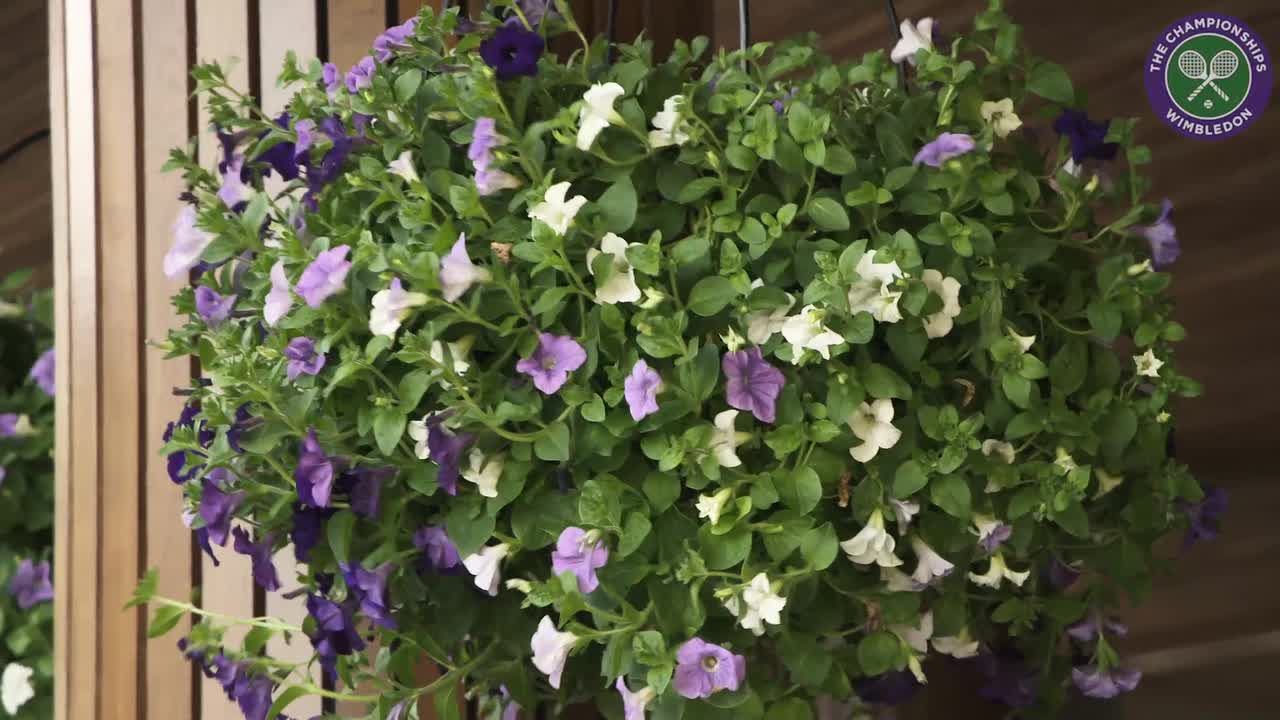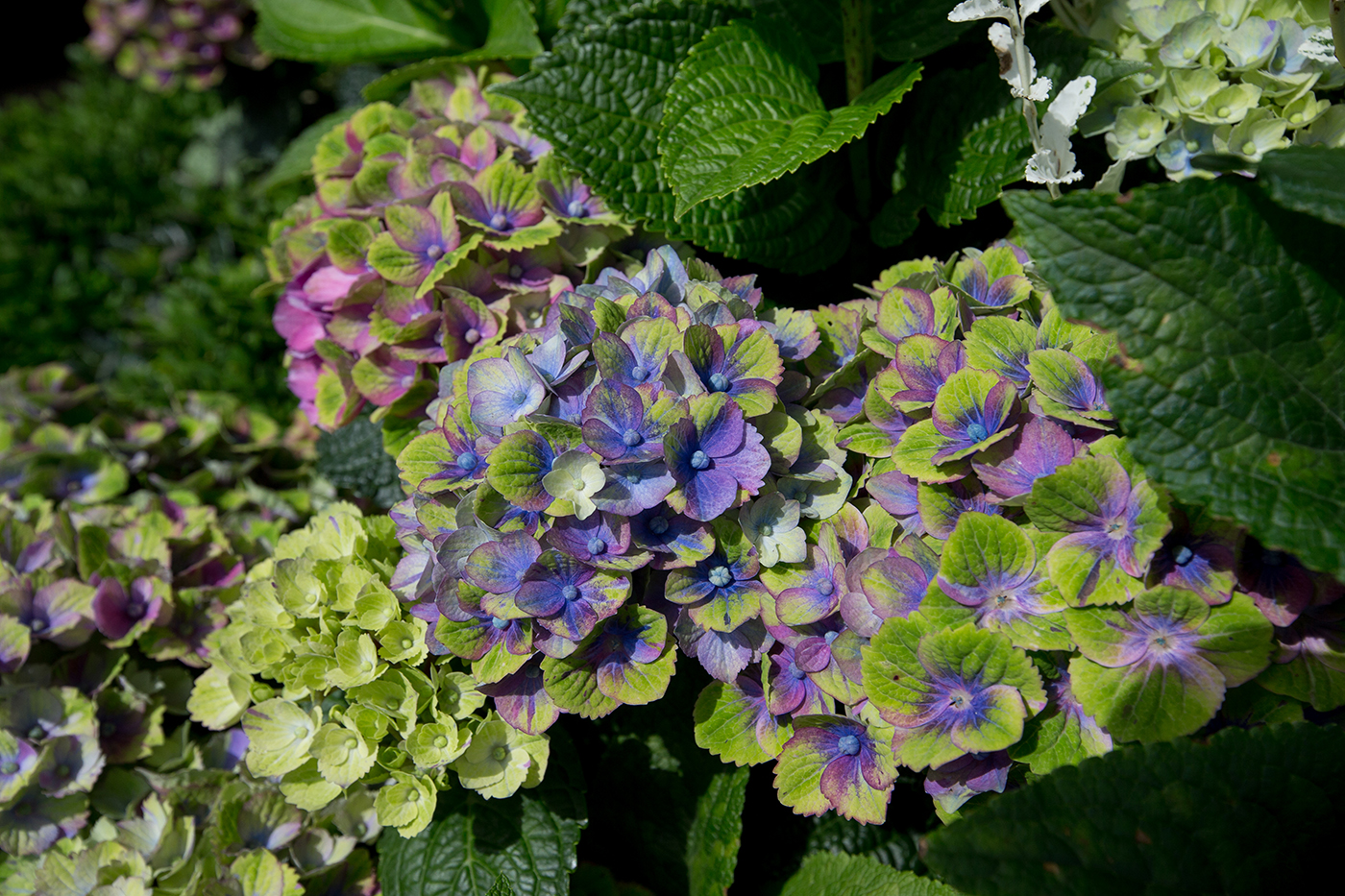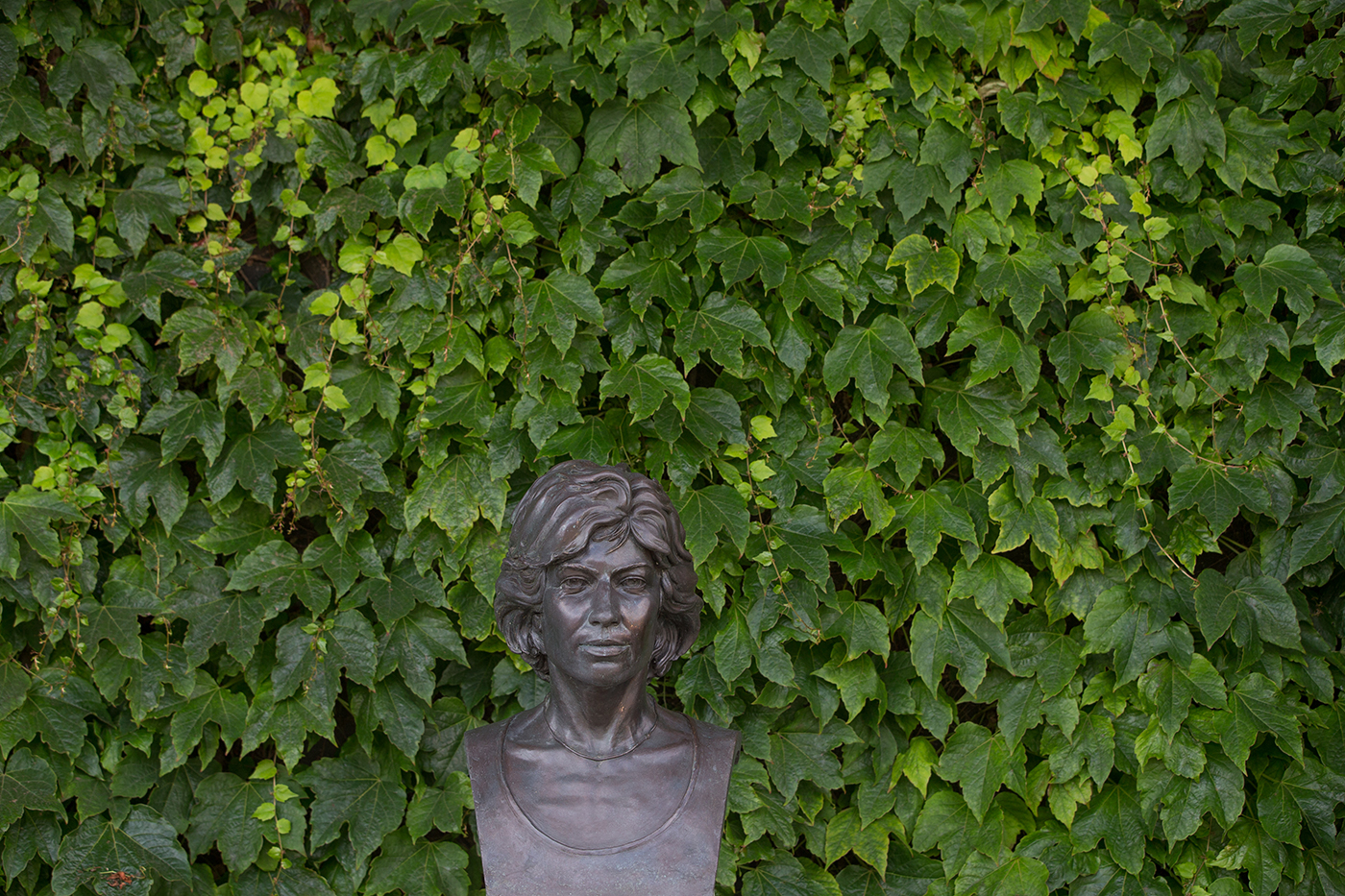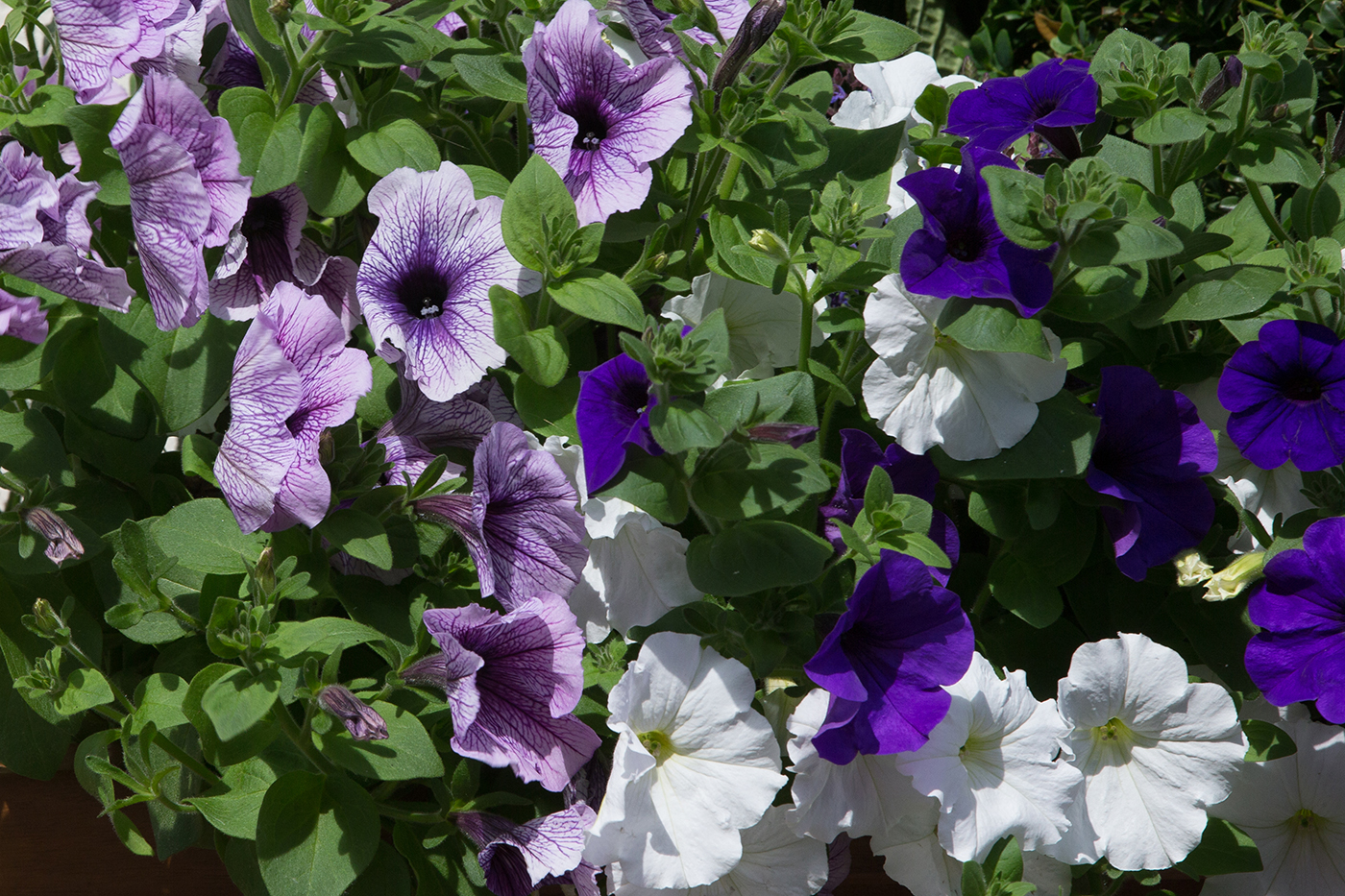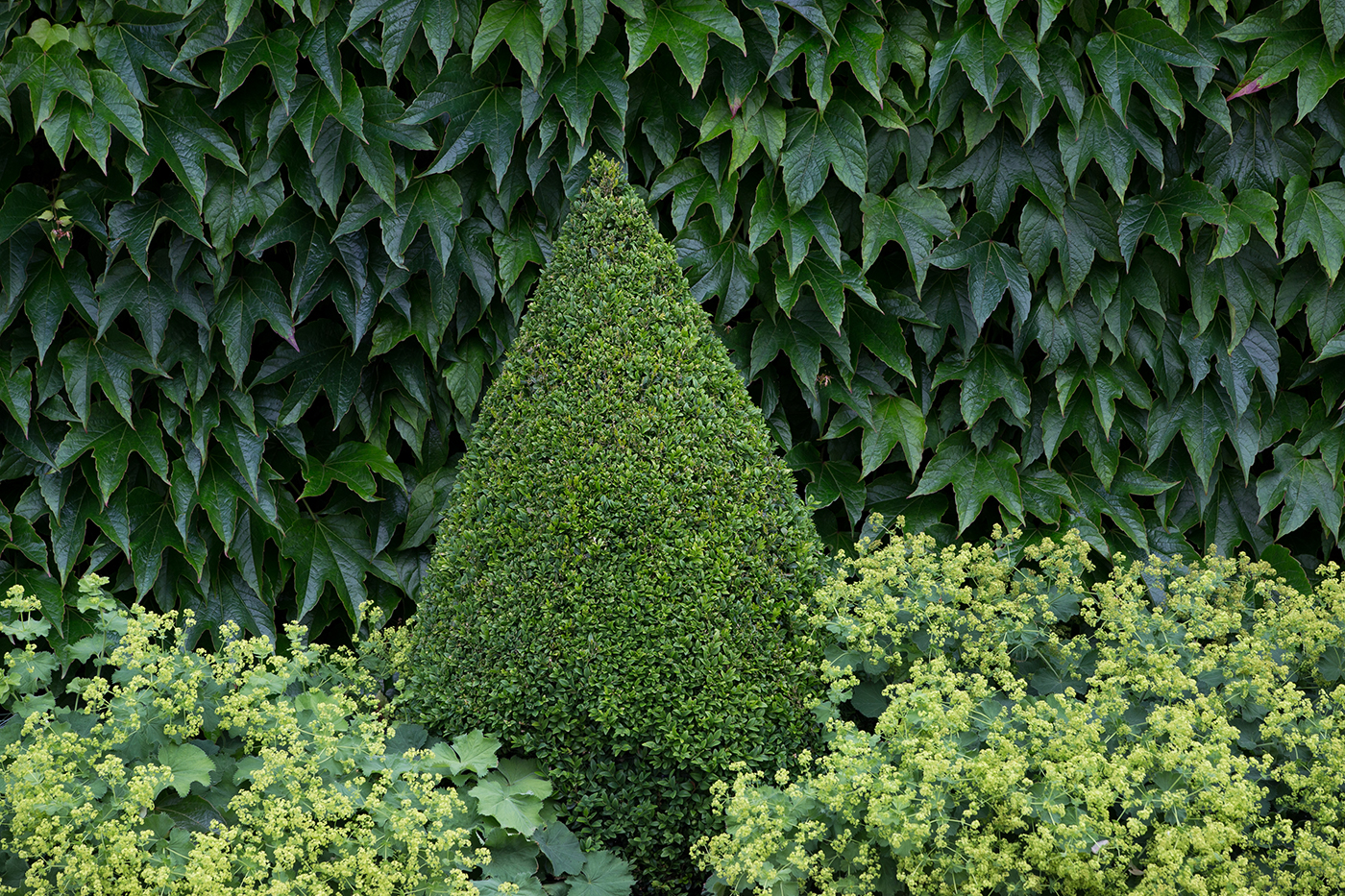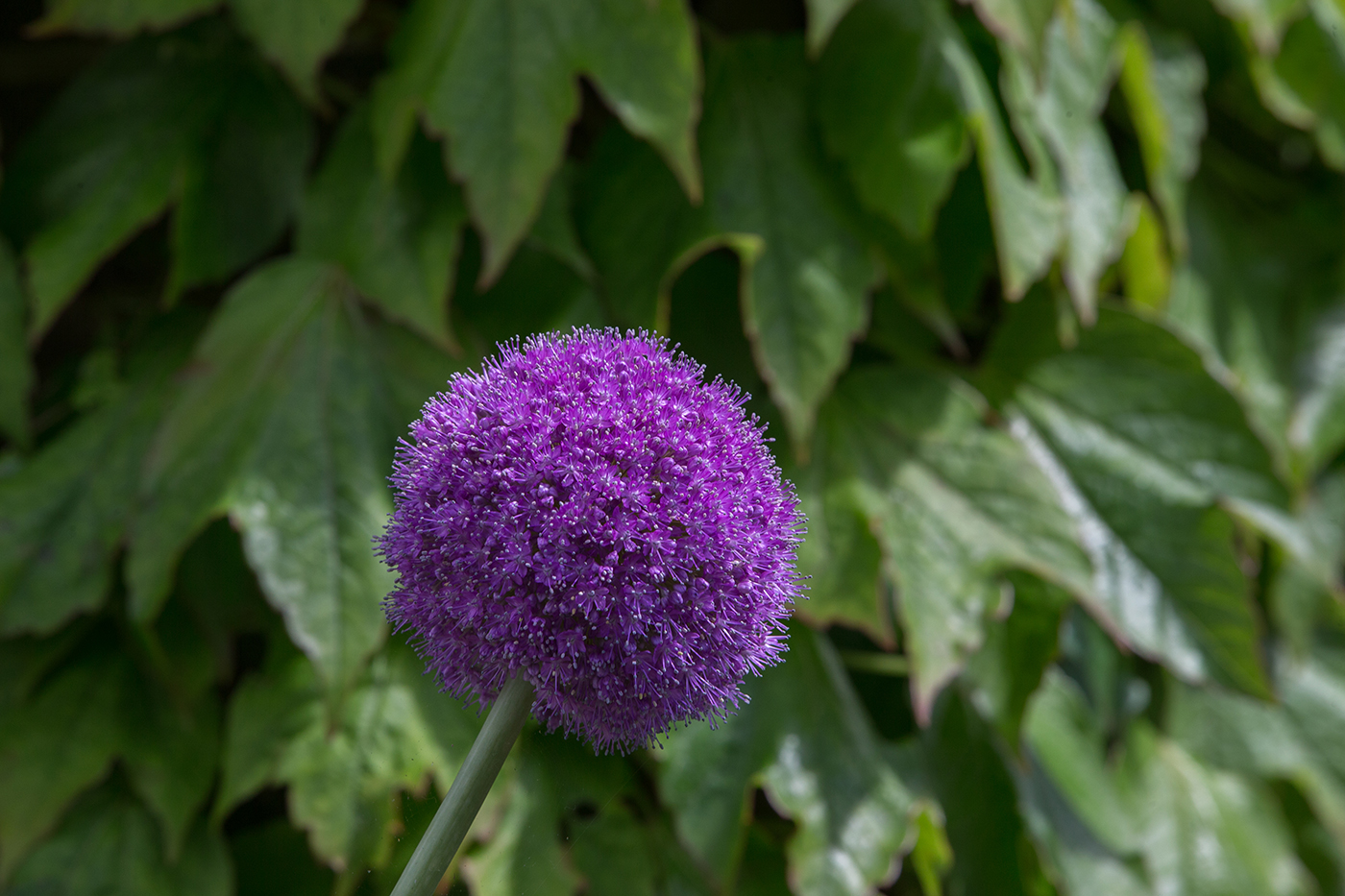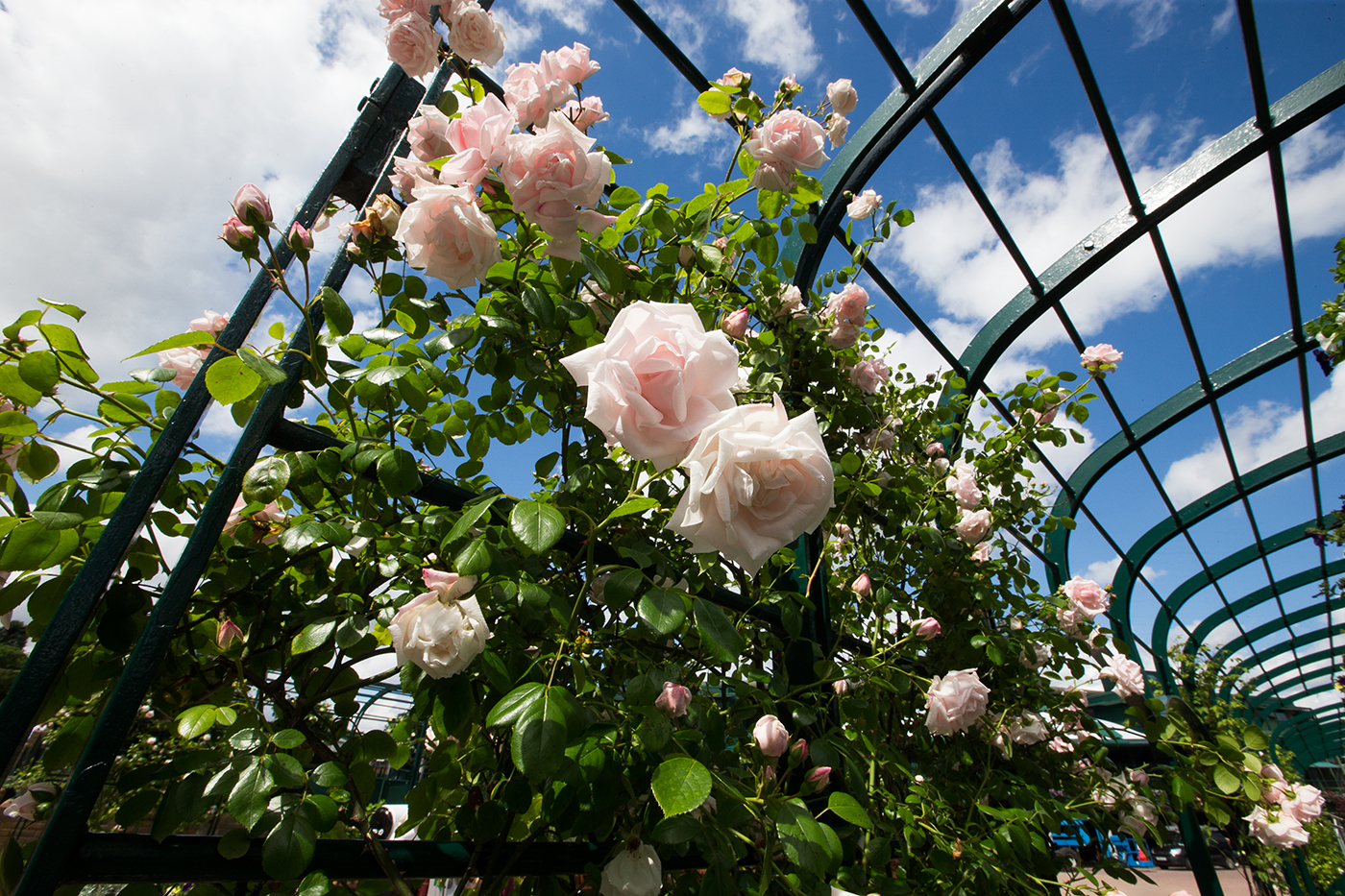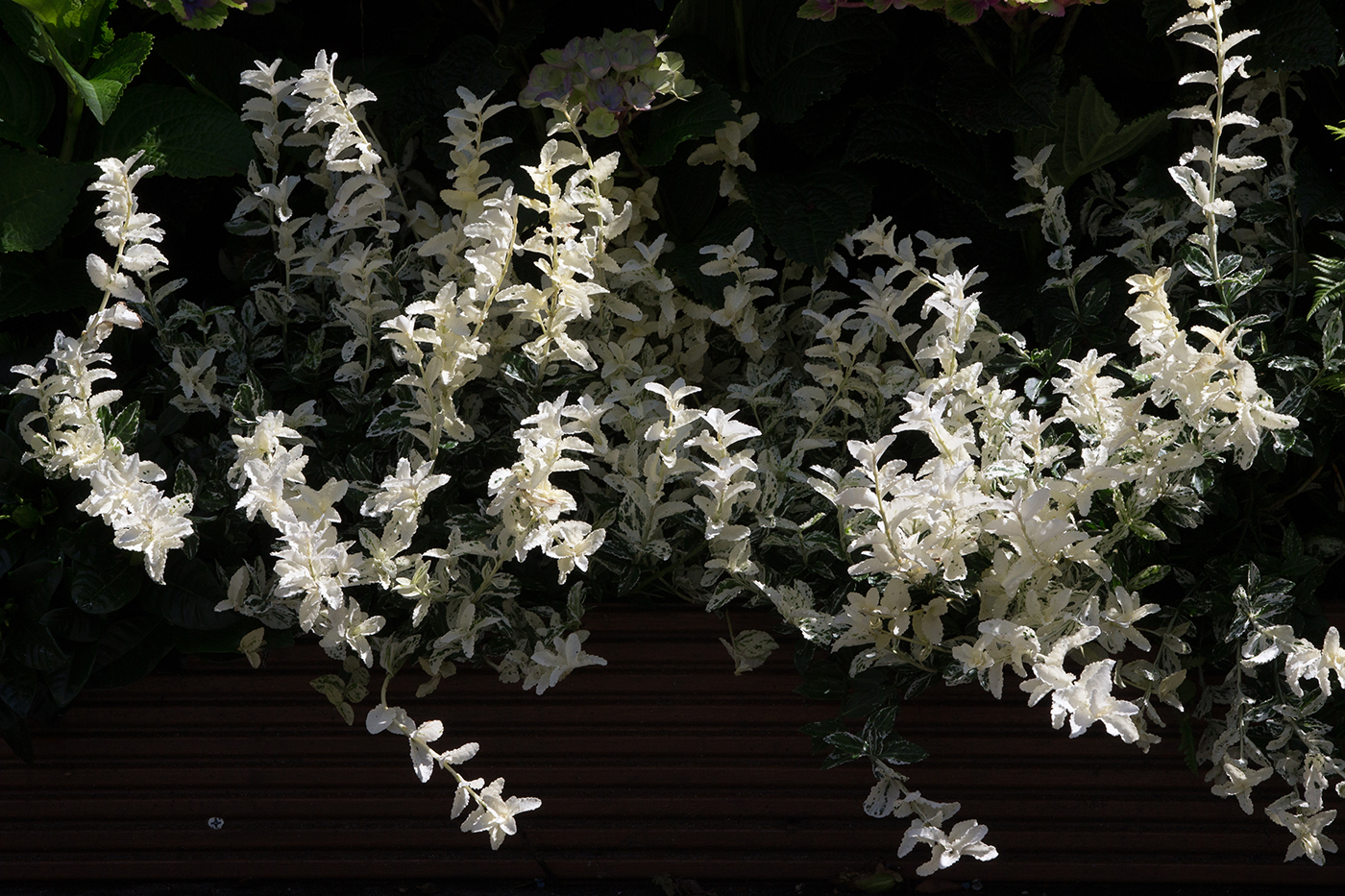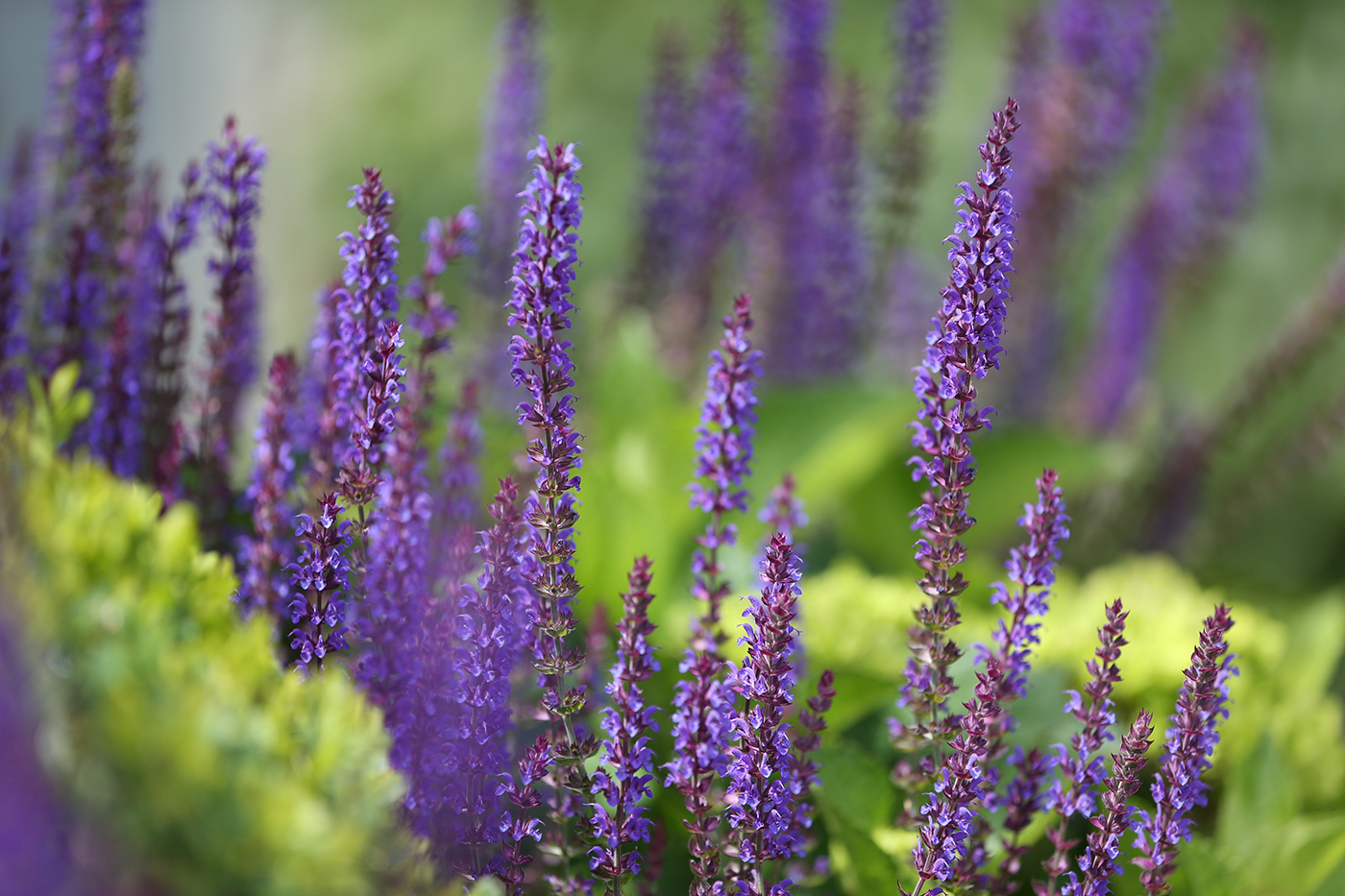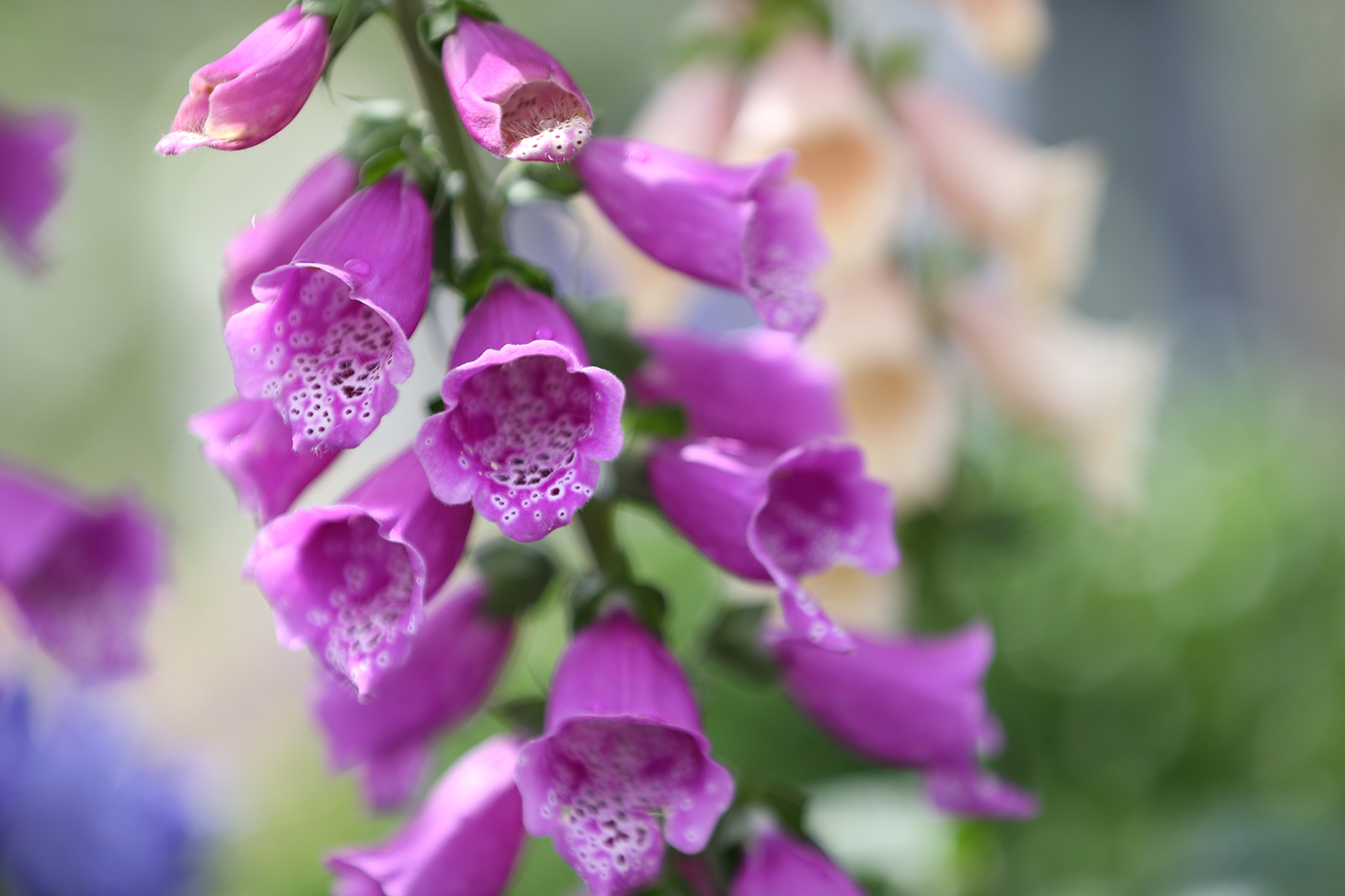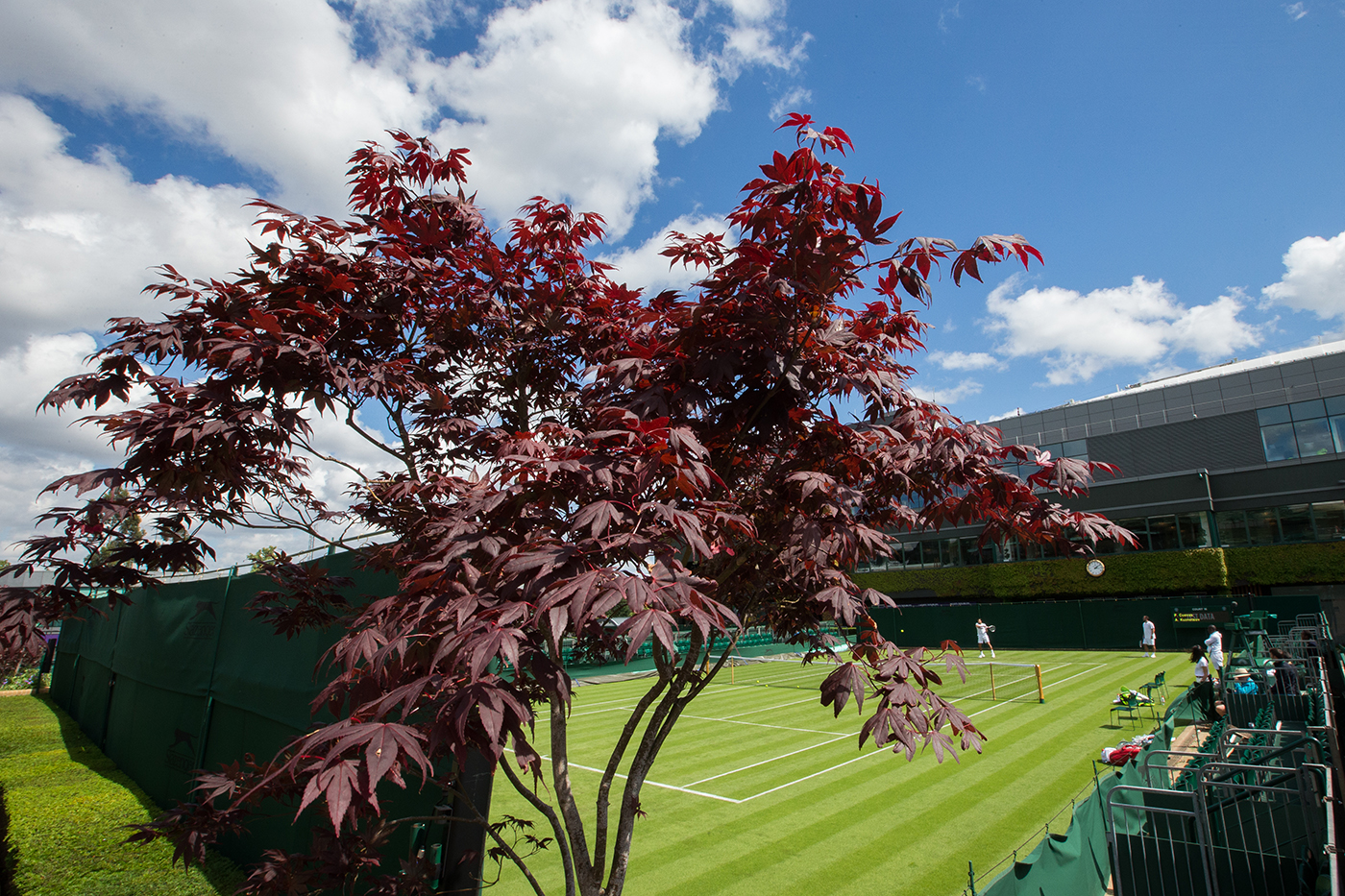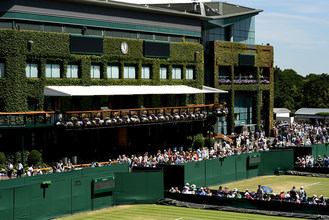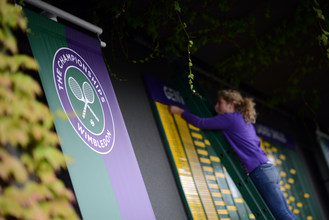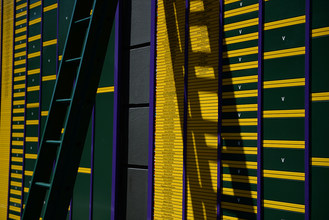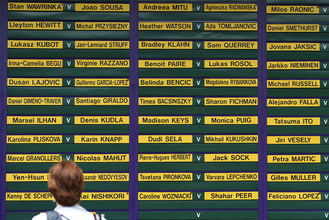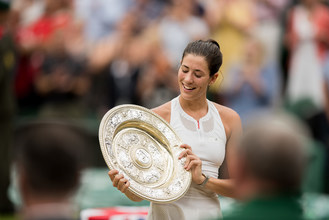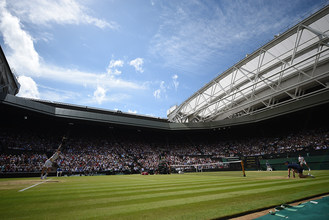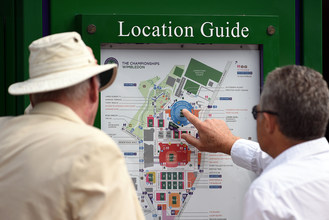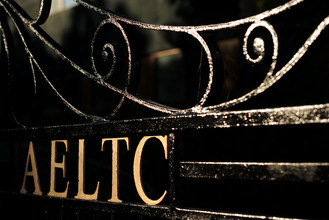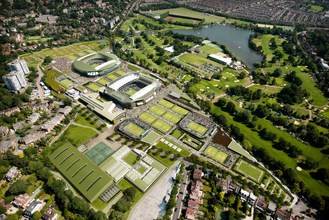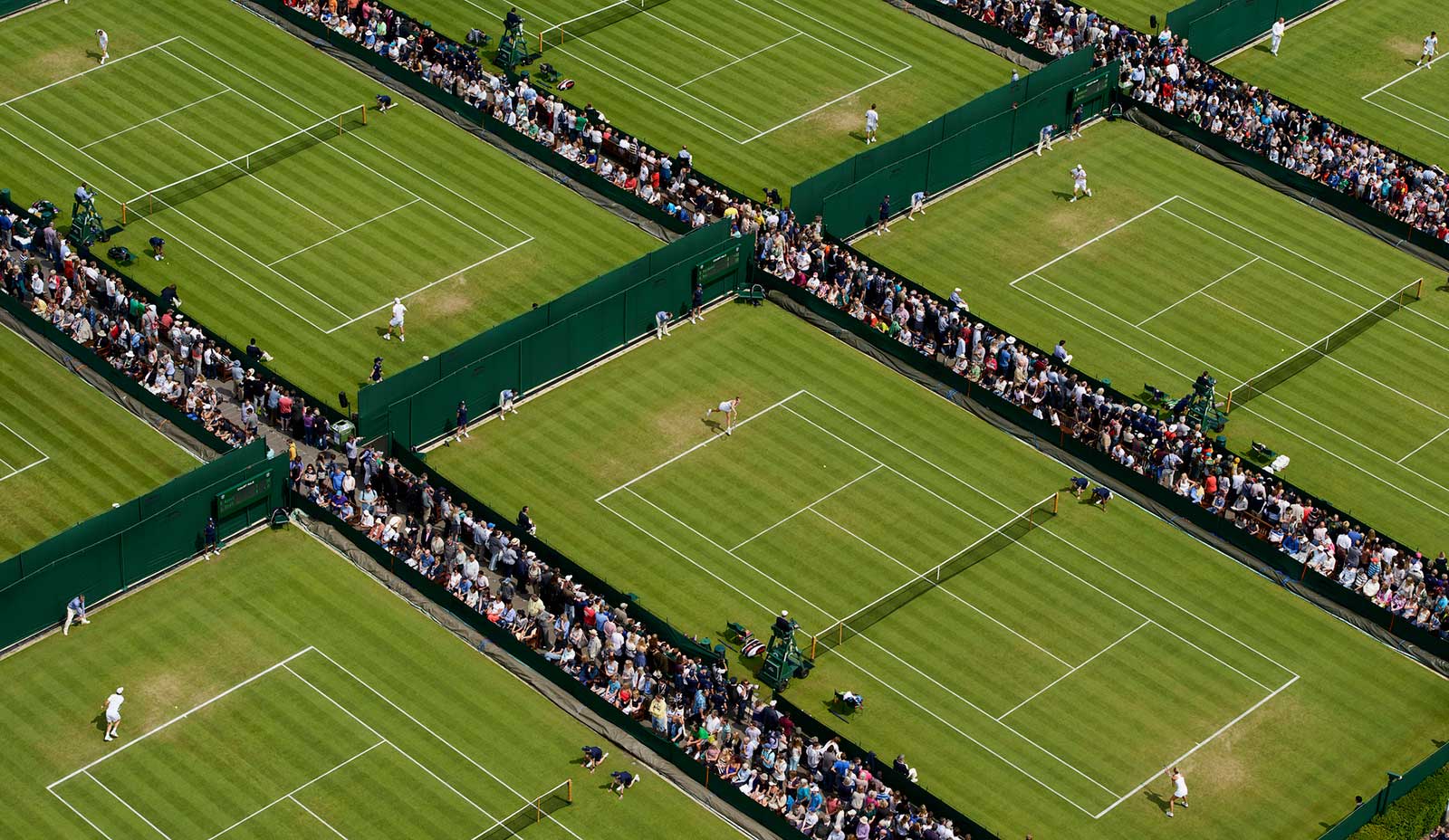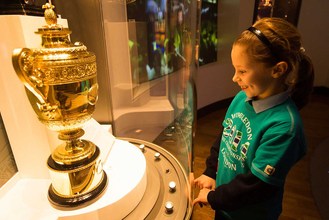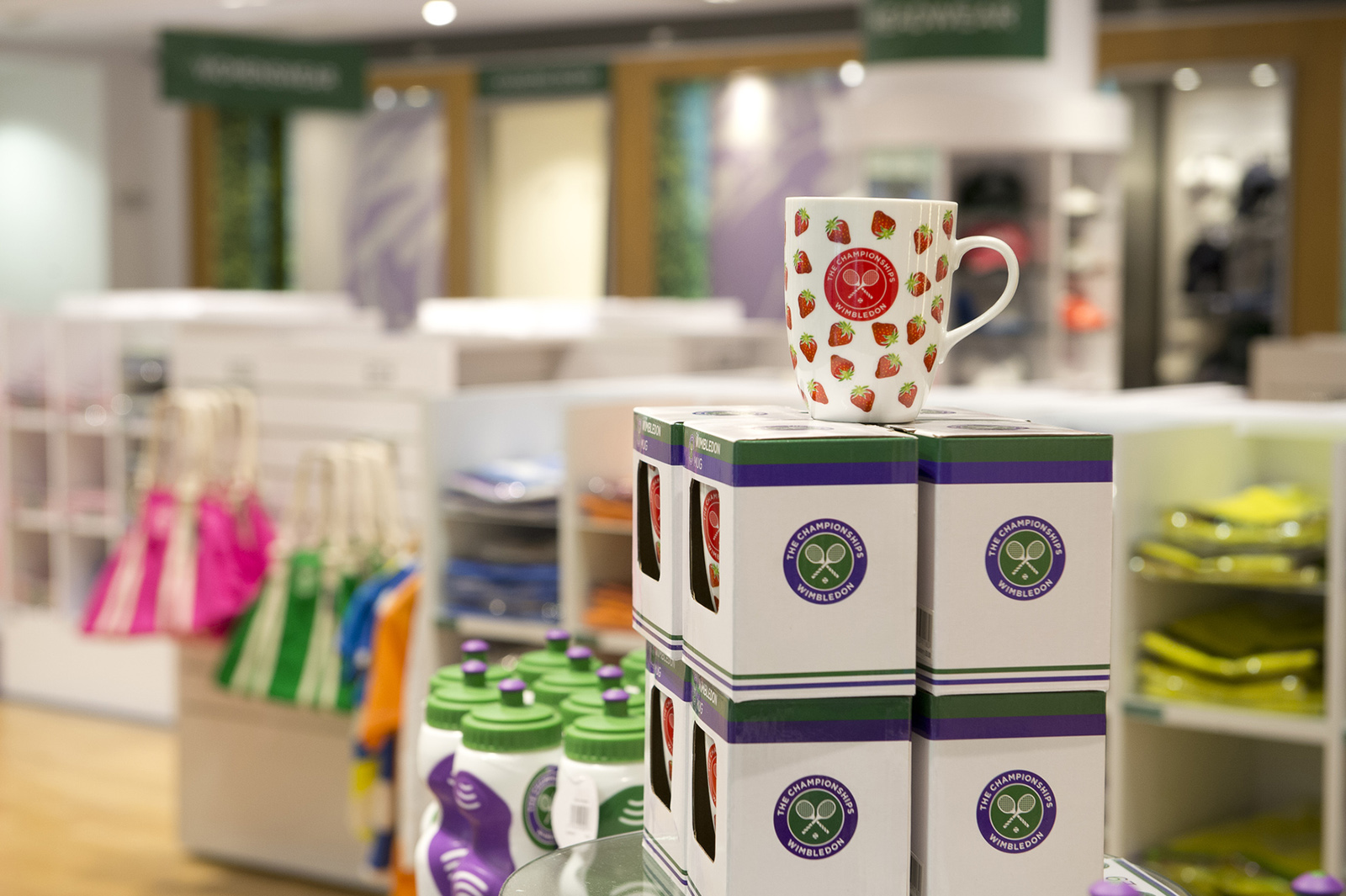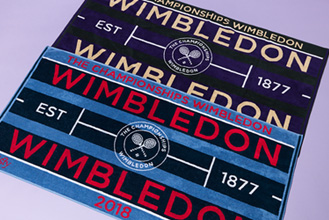Martyn Falconer, the AELTC head gardener, knows all about seeds, blossoming talent and rampant climbers. In this series, he nominates his Flower of the Day.
Whisper it, but there is a rival grass to the Championship-standard sward that is the pride and joy of Head Groundsman Neil Stubley and his team of 28. Wimbledon’s reputation as the most prestigious tennis tournament in the world hinges on its immaculate grass courts, cultivated from seed in 100 per cent perennial ryegrass, nurtured all year, and then cut to a velvety 8mm covering. But within the perimeter walls of the All England Club another grass is prompting gasps of awe.
It is Miscanthus Sinensis ‘Morning Light’ – dense clumps of grass that grow tall – and so called for the inner light that appears to radiate from the white midribs of its fine-textured leaf blades and from the silky threads of white around their edges. See? Even a momentary contemplation of this beautiful, herbaceous, perennial grass brings out the lyrical in us all.
The grass covering of the courts is cultivated to be at its best during the two weeks of The Championships, but Miscanthus, in its own way, offers year-round appeal. It creates a haze of silvery light when planted in sun or shade. It produces fluffy purple heads of flowers (especially after an exceptionally hot summer). Its foliage doesn’t darken in shade unlike many variegated plants, and – lawn courts, eat your heart out – its upright stance has a year-round presence.
Miscanthus is technically a species of flowering plant in the grass family Poaceae, which includes cereal grasses, bamboo, natural grassland and cultivated lawns. Compared to the supernaturally pristine and groomed lawn of the 19 playing courts, Miscanthus has a sort of boho real-world charm. The fifth largest plant family in the world, the Poaceae are the most economically important plant family, providing staple foods from domesticated cereal crops such as maize, wheat, rice, barley, and millet as well as forage, building materials (bamboo, thatch, straw) and fuel (ethanol).
Head Gardener Martyn Falconer describes Miscanthus Morning Light as “a versatile ornamental grass”, useful for adding a sense of background abundance in plant groupings and for providing accents of natural foliage among more formal schemes. If left to its own devices, it can grow to a graceful six feet in height, but the maximum here would be three feet. In November – just when the grass courts are looking their least attractive – the Miscanthus turns a beautiful look-at-me golden.
Around the world, Miscanthus goes by many different names: Chinese silver grass, Eulalia grass, maiden grass, zebra grass and porcupine grass. The Latin name Miscanthus goes back to grass-root basics in the world of etymology, coming from the Greek for “stalk" and "flower". The qualifier Sinensis means “from China” though the grass is found all over the world. Despite the fact that Miscanthus has become an invasive species in many areas of North America, it still holds ‘good companion’ status in the flower beds of the All England Club.
Other plants around the Grounds



